The Paras Yash Kothari Hospital is a 430-bed tertiary care facility that repurposes a derelict construction near the banks of the river Ganges in New Kanpur district, Uttar Pradesh, The hospital building design reflects a thoughtful transformation that caters to the healthcare needs of Kanpur and its surrounding towns and villages with an empathetic and responsive healing environment offering specialized clinical services, predominantly scarce in the sub-urban Uttar Pradesh, one of India’s most populous states. Paras Health appointed CDA to help reinvigorate the defunct infrastructure into a health oasis that is patient-centric and fosters wellness.
Editor’s Note: Set along the banks of the Ganges, Paras Yash Kothari Hospital gently transforms an old structure into a space of quiet care and healing. Thoughtfully designed, it brings comfort, dignity, and hope. Thus, offering a warm, human touch to those seeking wellness in body and spirit. ~Isha Bora
This Hospital Building Design Supports Wellness And Patient-Centric Care | Creative Designer Architects
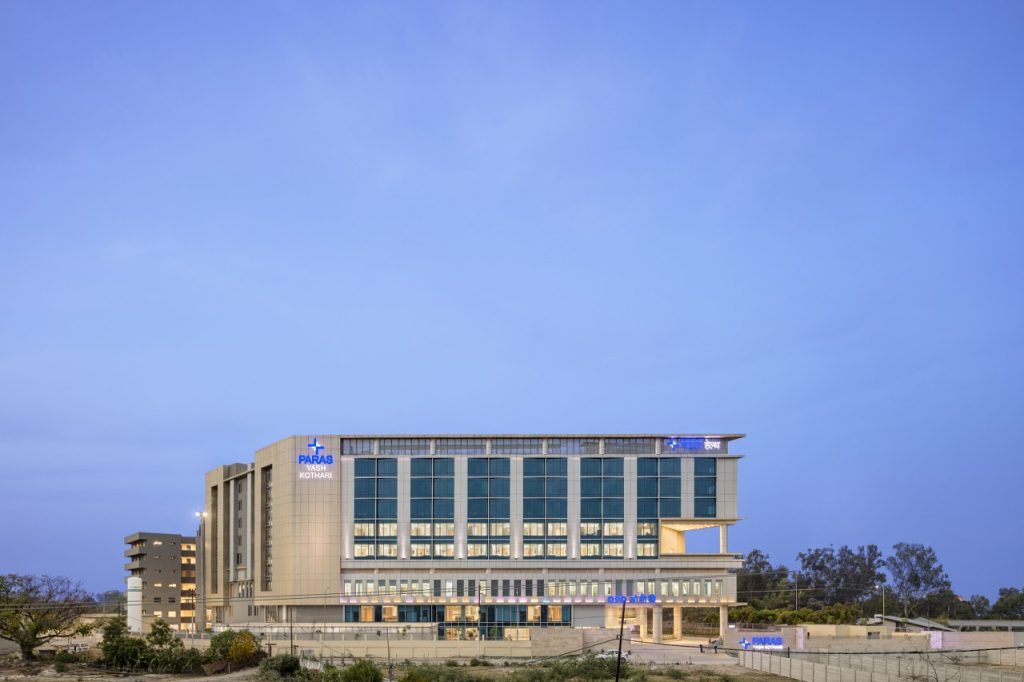
Addressing Demands for Affordable Healthcare
Paras Yash Kothari Hospital continues to share a synergistic relationship with India’s burgeoning middle-class population, which longs for affordable delivery of high-quality healthcare. The hospital accommodates over 430 beds including 100 intensive care beds at a staggering efficiency of 900 square feet per bed.

It also houses specialized facilities in oncology medicine with two linear accelerators and Nuclear Imaging, neurology and cardiology among other highly advanced departments and technologies.
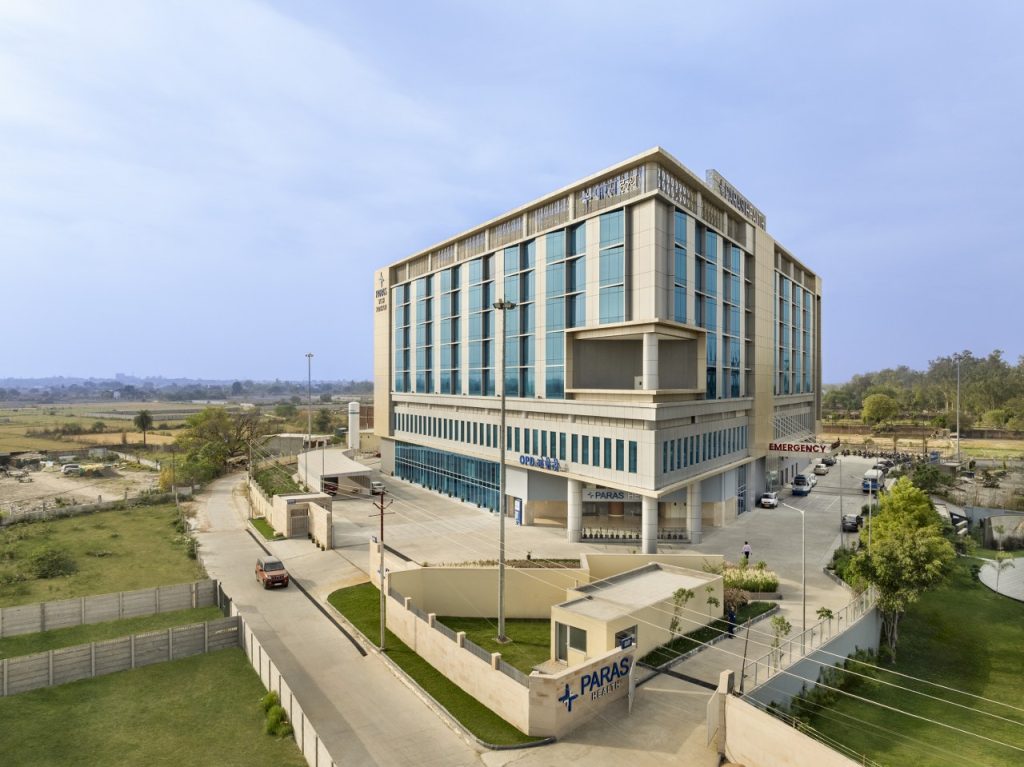
The design for Paras Health emanates from three guiding principles woven together to seamlessly create a highly functional, flexible, and resilient hospital building – sustainability, streamlined operations and user experience.
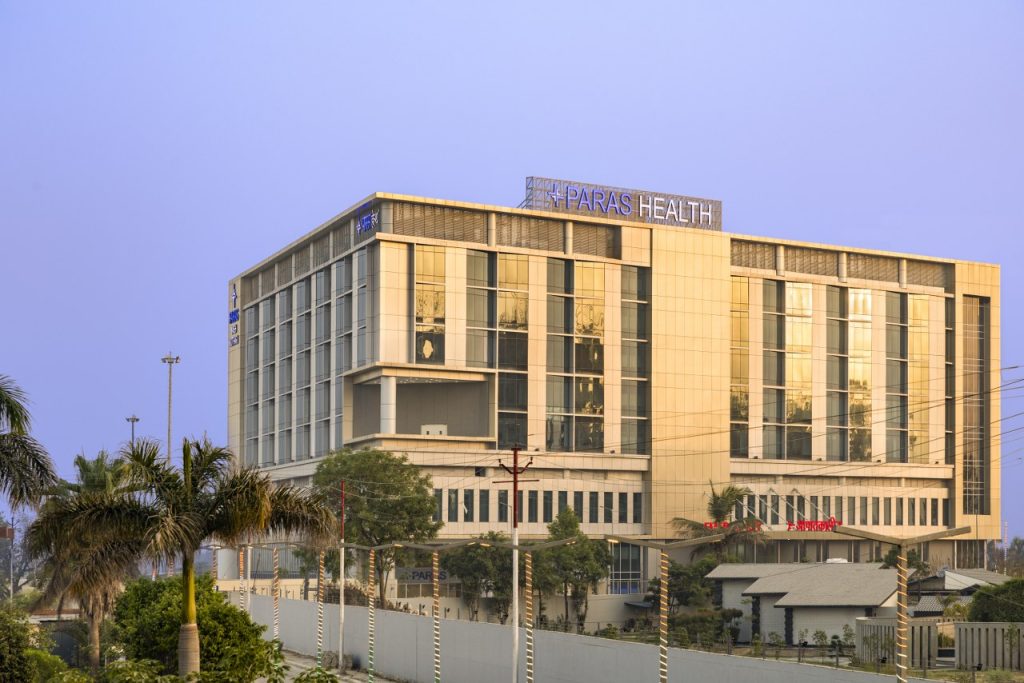
Evidence-Based Design with Functional Efficiency
The hospital design embodies a reinterpretation of the ‘Breitfuss’ Model, promoting seamless operations by minimizing walking distances for staff and visitors alike.
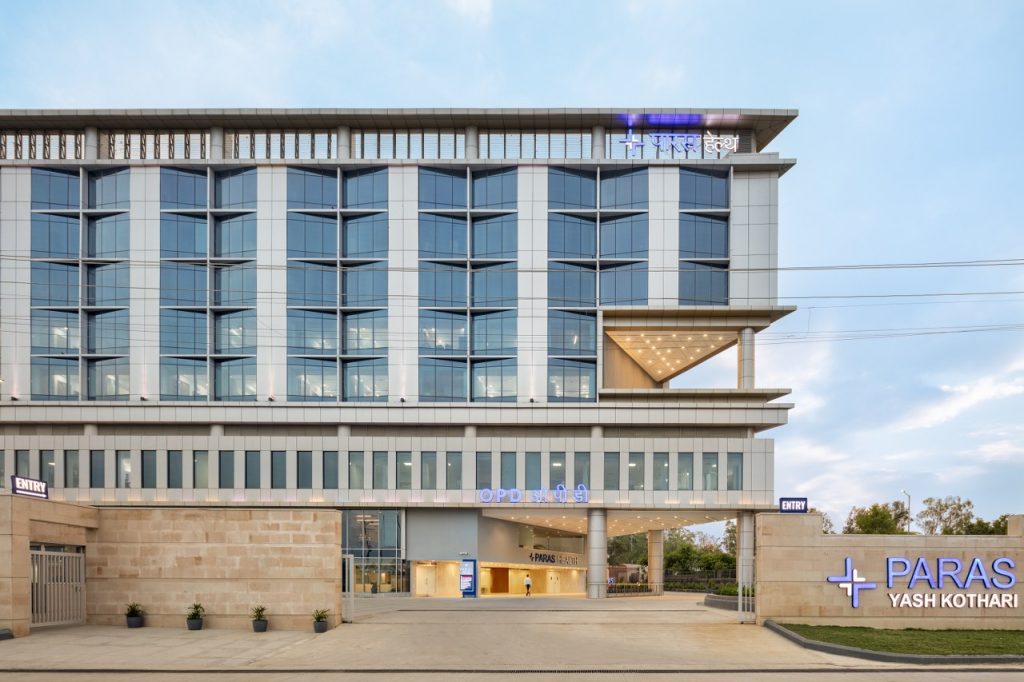
Programmatically similar functions are strategically grouped within proximity. Following this principle, the 9-story structure integrates emergency care, ambulatory care, and surgical departments on the lower floors.
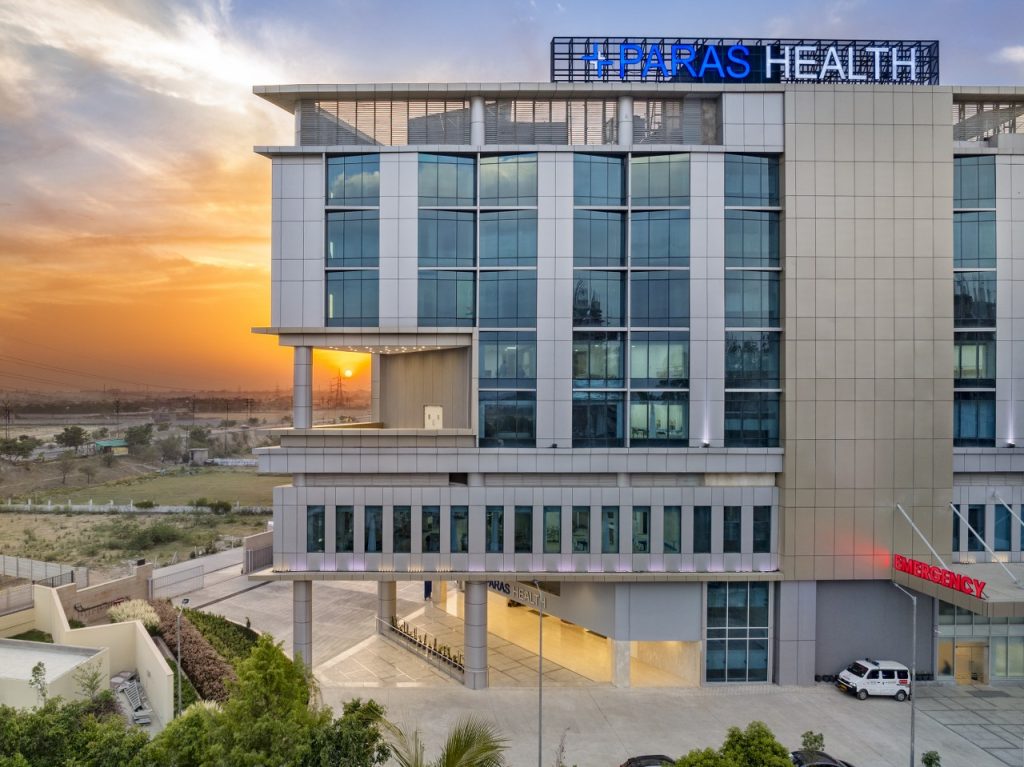
This functional distribution is reflected in the building’s physical appearance, where the upper floors housing in-patient rooms appear distinct from the lower floors, separated by a service deck in between. At the heart of the hospital lies a monumental central courtyard.
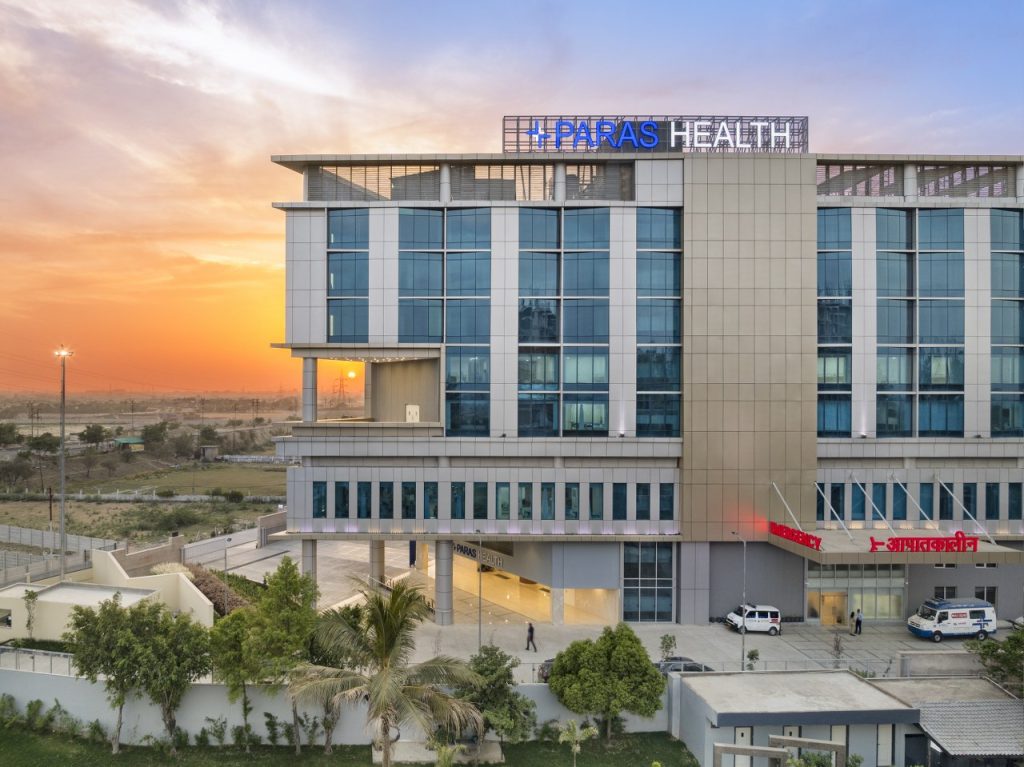
This light-filled atrium acts as an organizing element, connecting various departments and creating a welcoming environment for patients and visitors alike. The courtyard also serves as a hub for positive distractions, fostering a sense of calm and tranquillity throughout the facility.
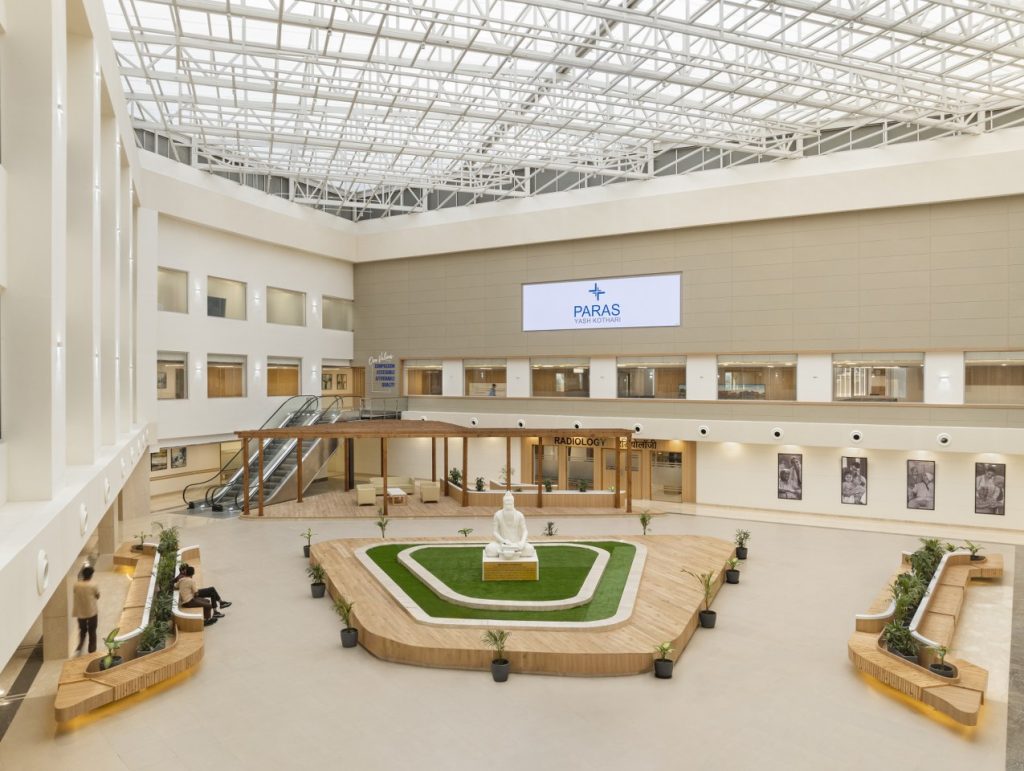
The design of the modular patient rooms minimises errors and ensures optimal efficiency for healthcare staff. Warm, healing colours and natural materials such as locally sourced granite and tiles in the public areas and the patient rooms aim to reduce stress and promote healing.
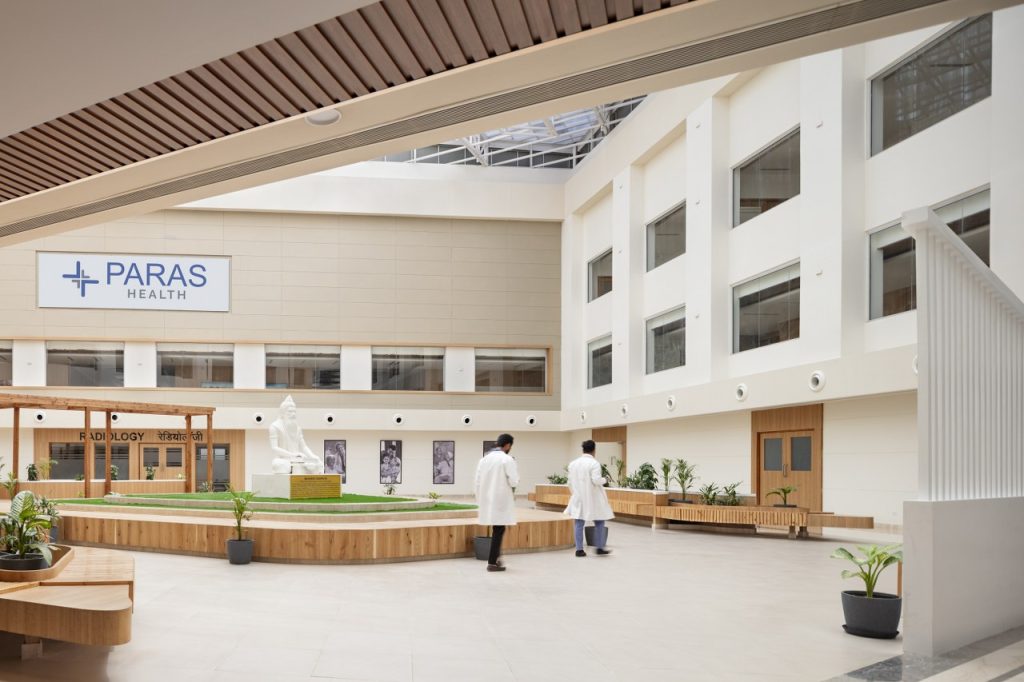
Each patient room benefits from expansive view windows, providing ample natural light and outdoor views to enhance the patient experience.
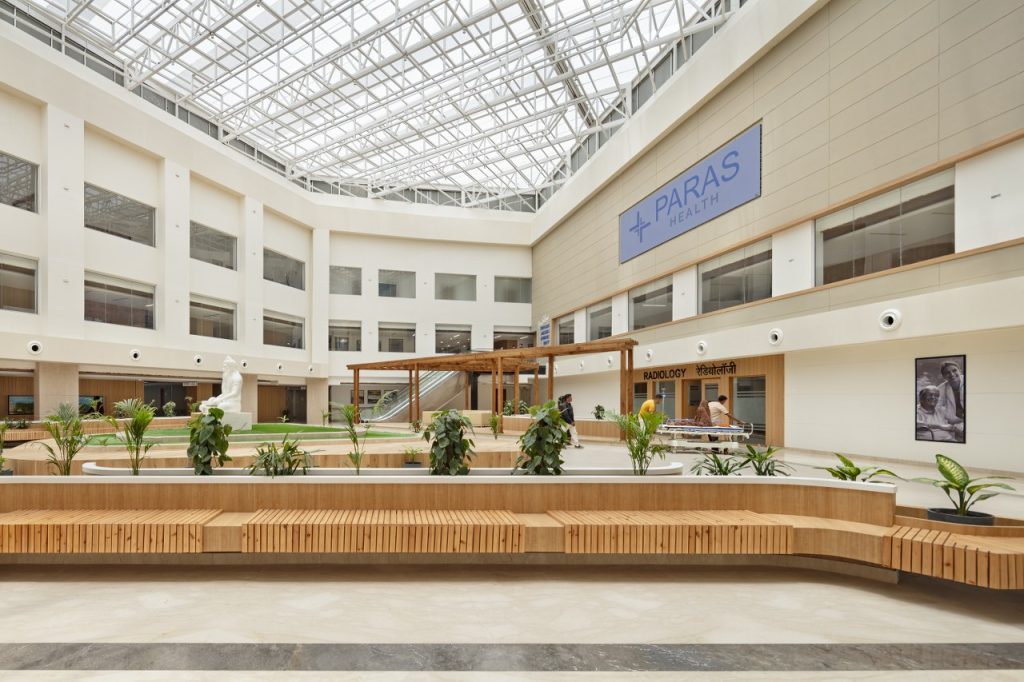
Thoughtfully designed and accessible healing gardens within the building offer a sense of control to patients and encourage movement and exercise. These landscaped pockets also serve as cultural congregation spaces, while the outdoor patios function as extended break rooms for staff.

Additionally, the third-level courtyard serves as a sanctuary for patients, offering a safe outdoor space that actively promotes recovery in line with evidence-based healthcare design principles.

Programmatically, the design incorporates a significant number of single rooms, introducing a new typology of smaller rooms at a 160-180 sq. ft. ballpark dubbed as ‘small single rooms’.
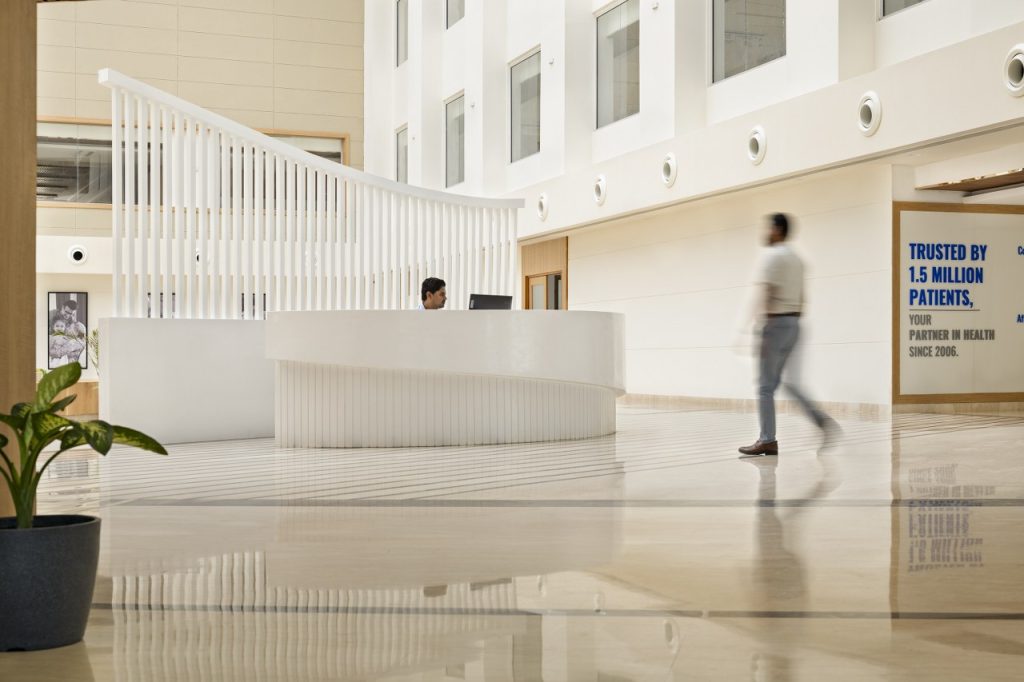
This approach deviates from conventional Indian healthcare planning, which often prioritizes multi-patient wards to maximize bed count. However, such configurations can compromise infection control and significantly increase patient risks.
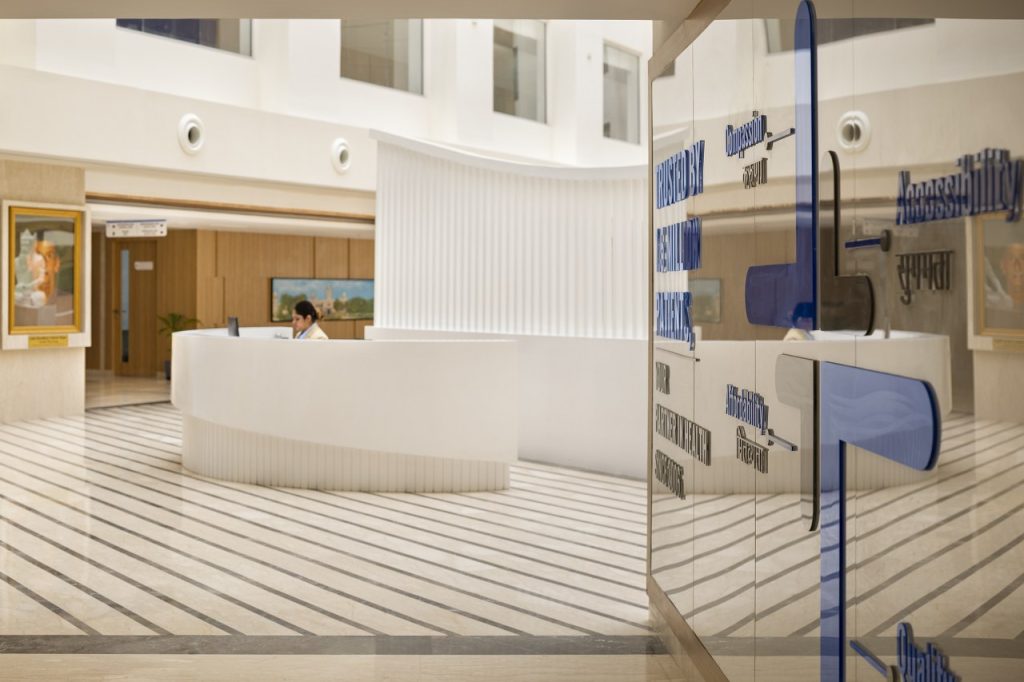
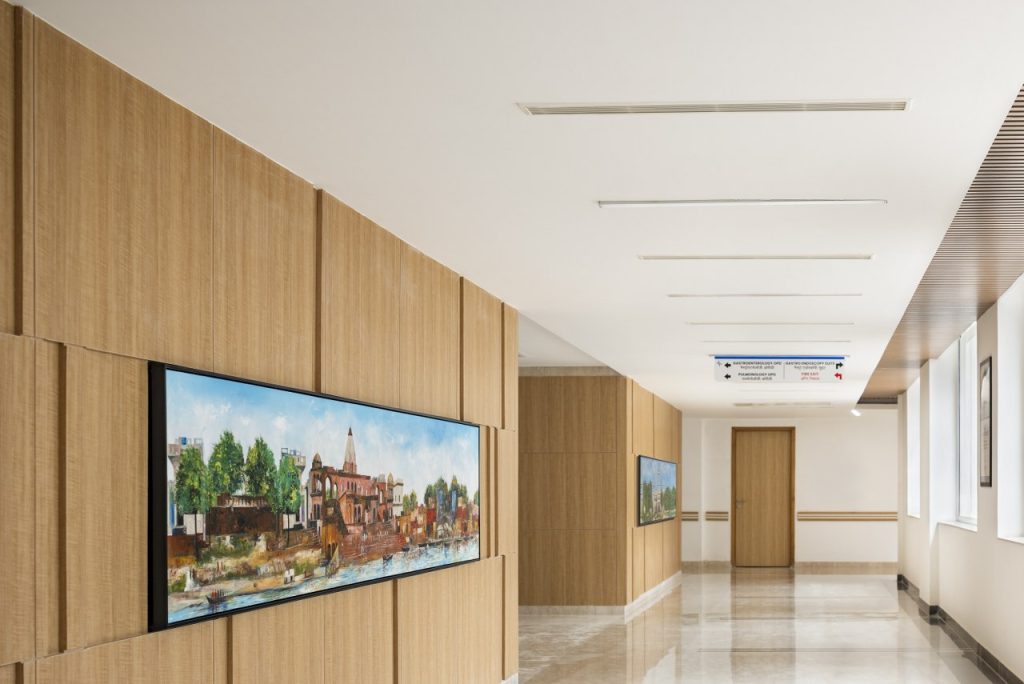
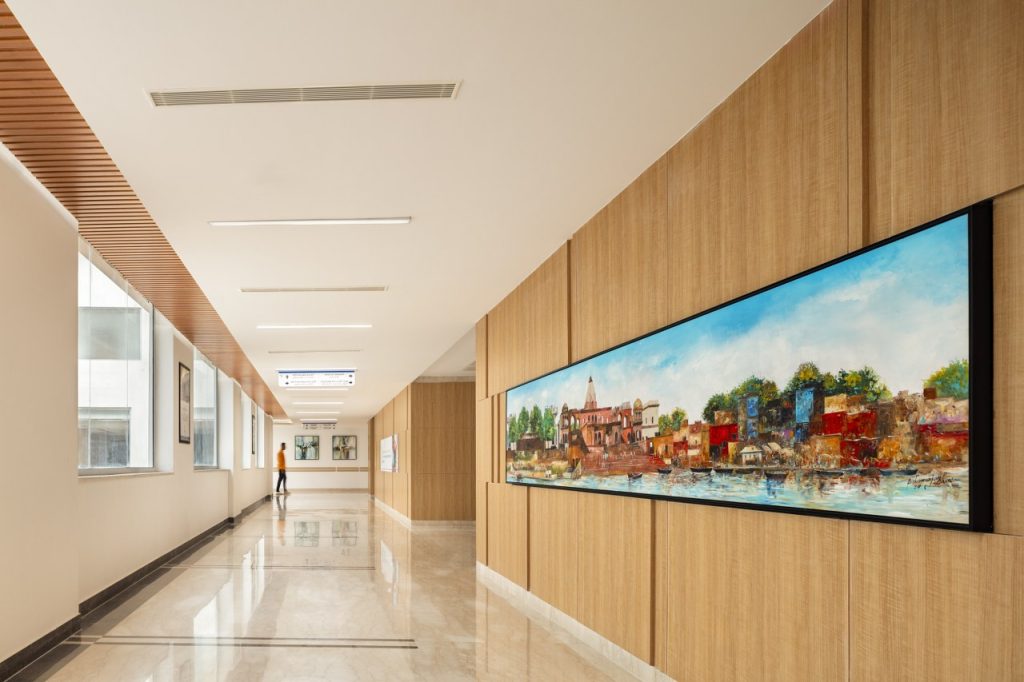
Embracing Adaptive Reuse for Efficiency
Being an adaptive reuse project, the facility succeeded in compressing the construction timeline to a striking 18 months. In contrast, a greenfield project of a similar scale would typically take 28 to 30 months.
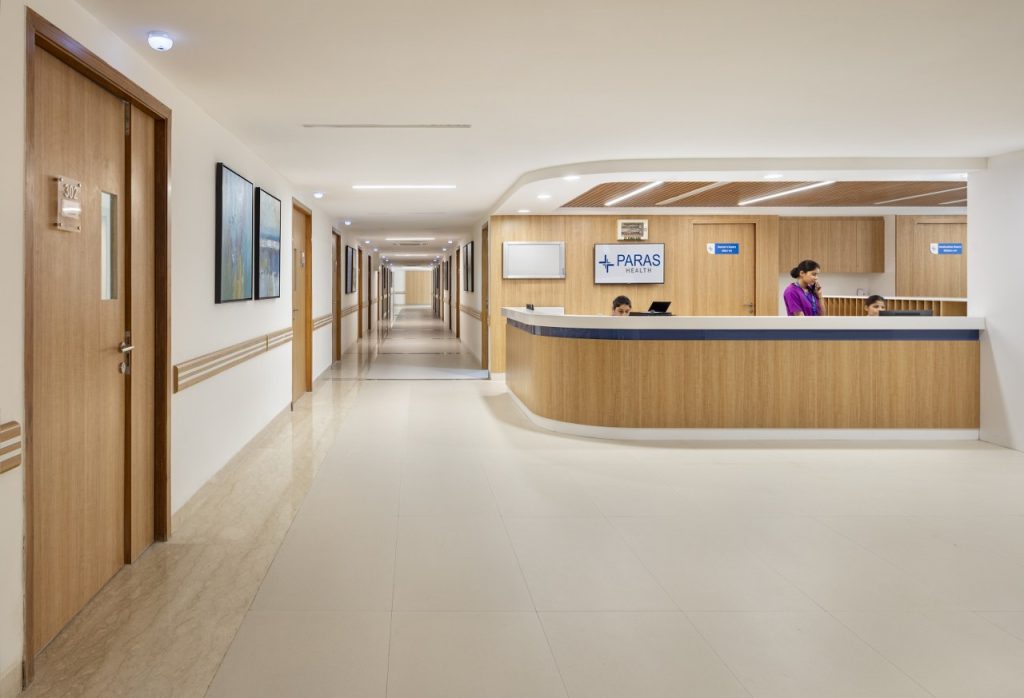
Despite that, the team faced several challenges in the existing structure. These included fixed deck-to-deck heights and narrow, inefficient floor plates. Furthermore, there was a sheer lack of accessible respite areas for patients and caregivers, which added to the challenges.
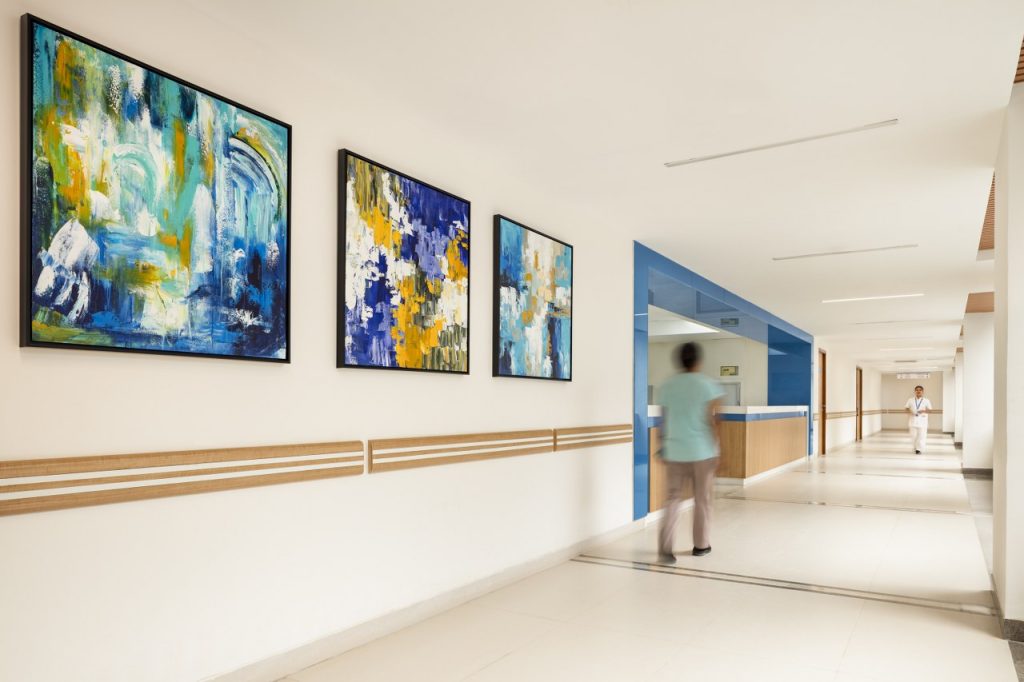
However, through strategic programming and zoning, the design team seamlessly augmented services by extending the existing floor plate adding 10 feet along the courtyard’s internal periphery and planning the departments around it.
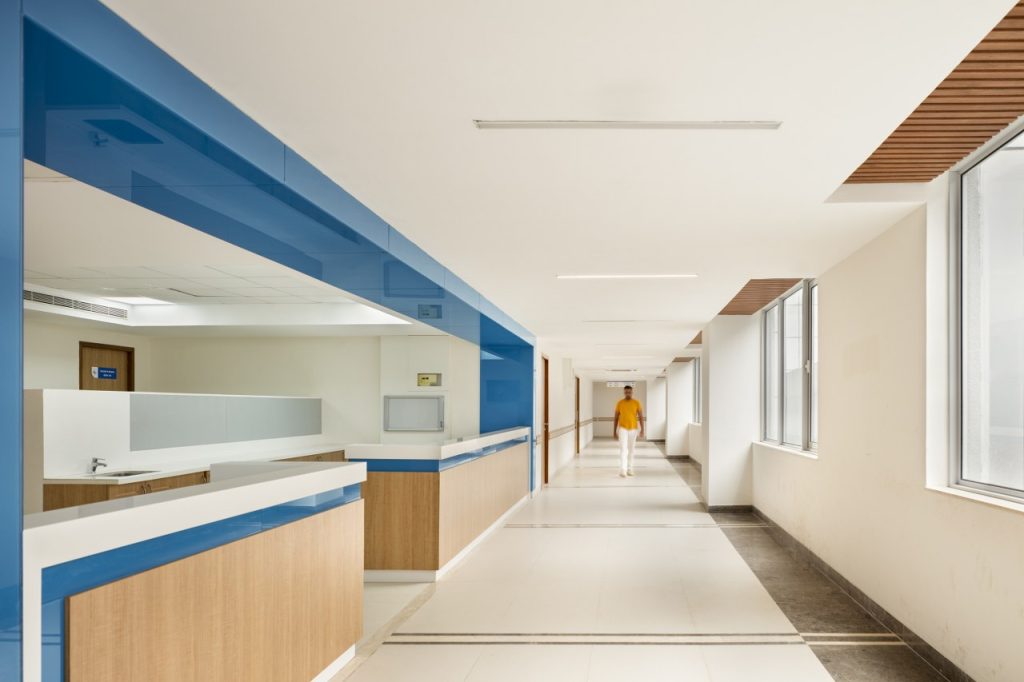
This resulted in a consistent circulation spine across all floors. A modular spine on each floor streamlines wayfinding within the large hospital complex and ensures optimal daylighting throughout. The atrium acts as a central orienting point, guiding both rural and urban visitors with ease.
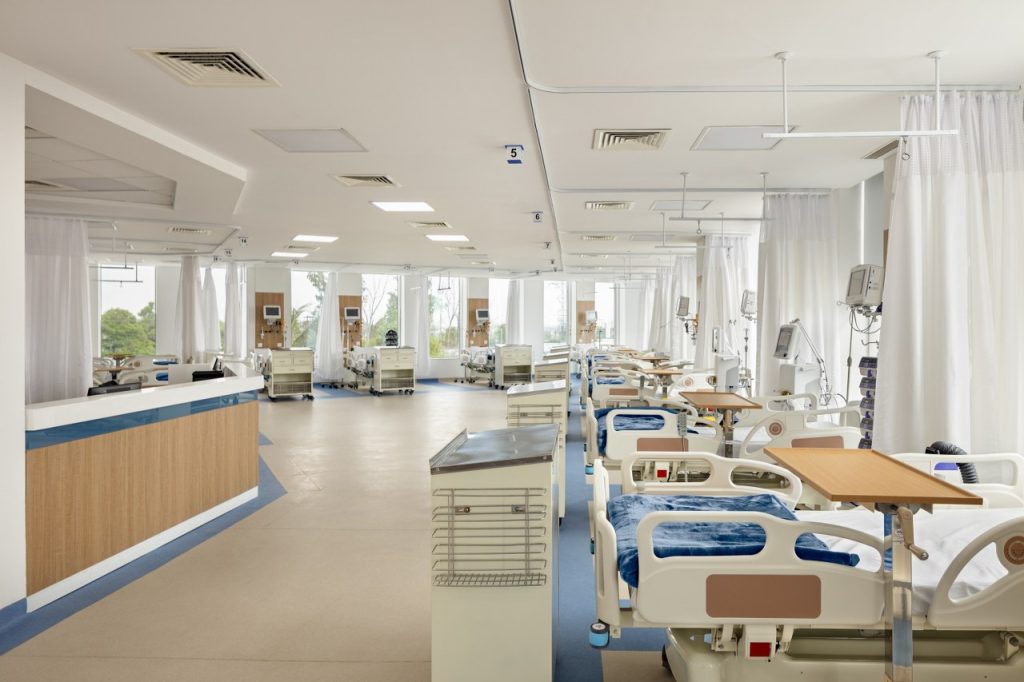
The design team further addressed the limitations of the existing building to optimize functionality. For instance, demolishing the first-floor slab created a double-height foyer, fostering a more patient-friendly and inviting atmosphere. Similarly, removing a portion of the floorplate introduced a double-height green open space, enhancing the overall experience.

Sustainability and Energy use
The hospital is set to achieve a USGBC LEED GOLD Healthcare rating, ensuring efficiency across disciplines. From an energy conservation standpoint, the building envelope modulates its fenestration to ensure minimal heat gain. Moreover, it is designed to maximise usable daylight, enhancing overall efficiency and occupant comfort.
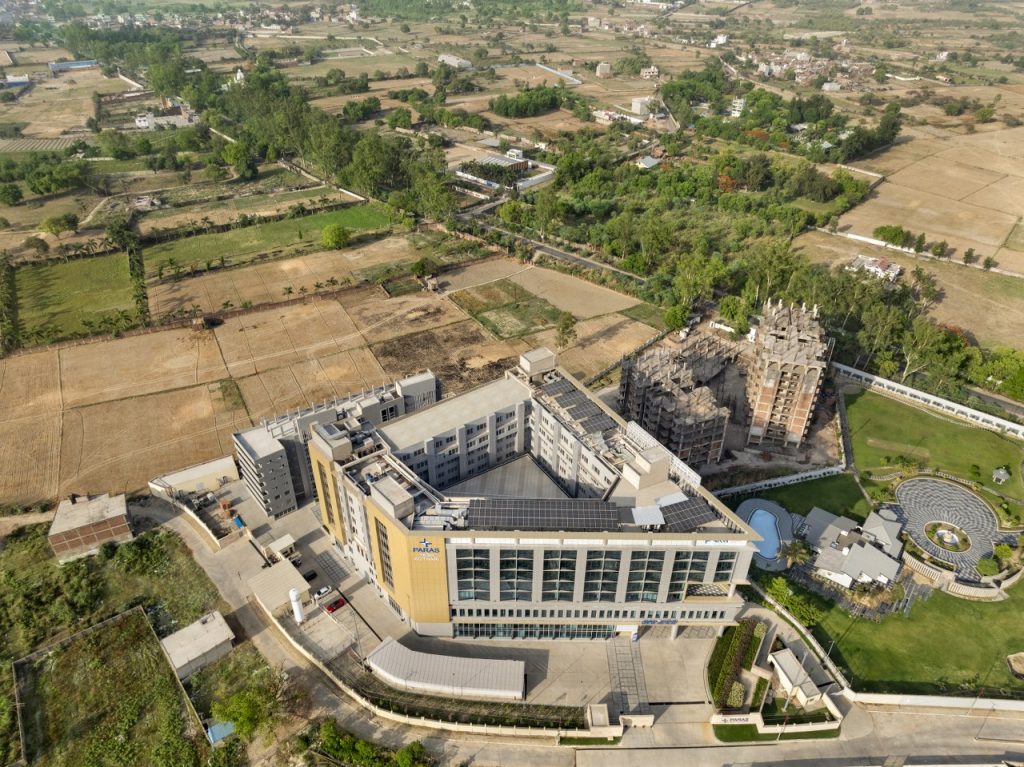
Consequently, the south and west facades use insulated glass units to minimize heat gain. Further, over 20% of the total load is being offset by solar panels in addition to the entire water heating demands of the facility, paving the way to a greener healthcare ecosystem.
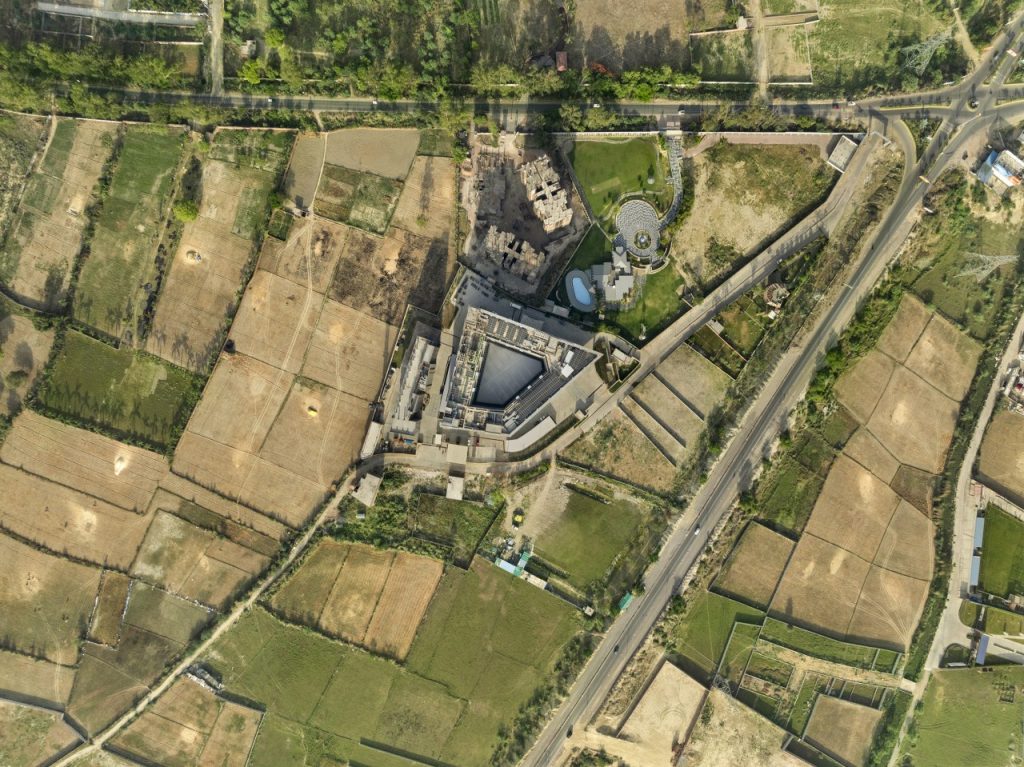
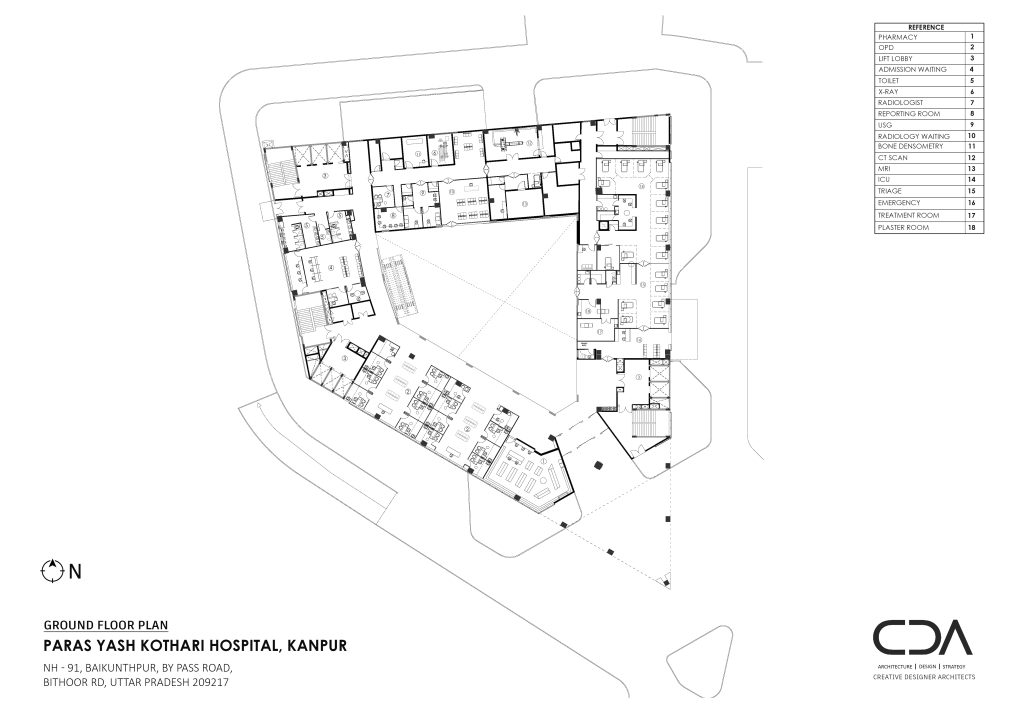
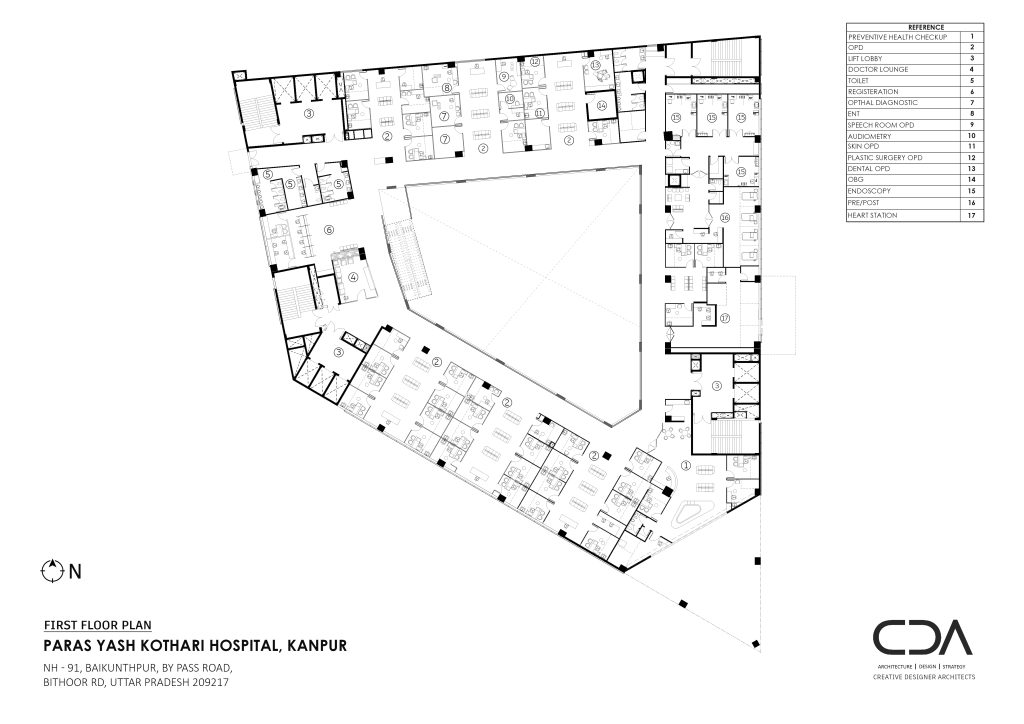

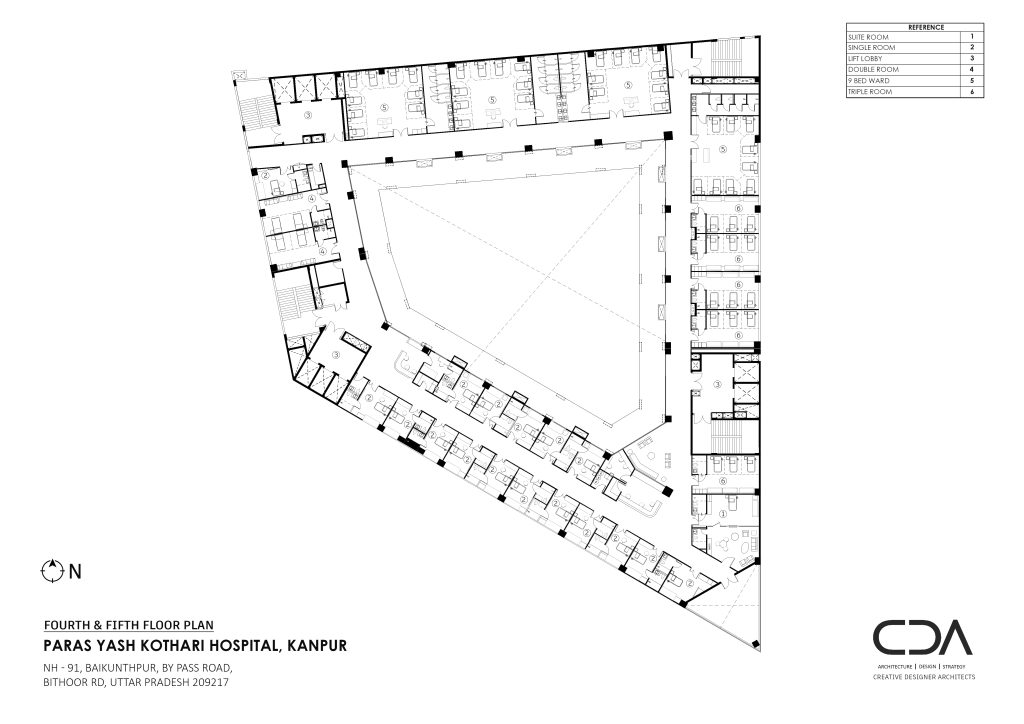
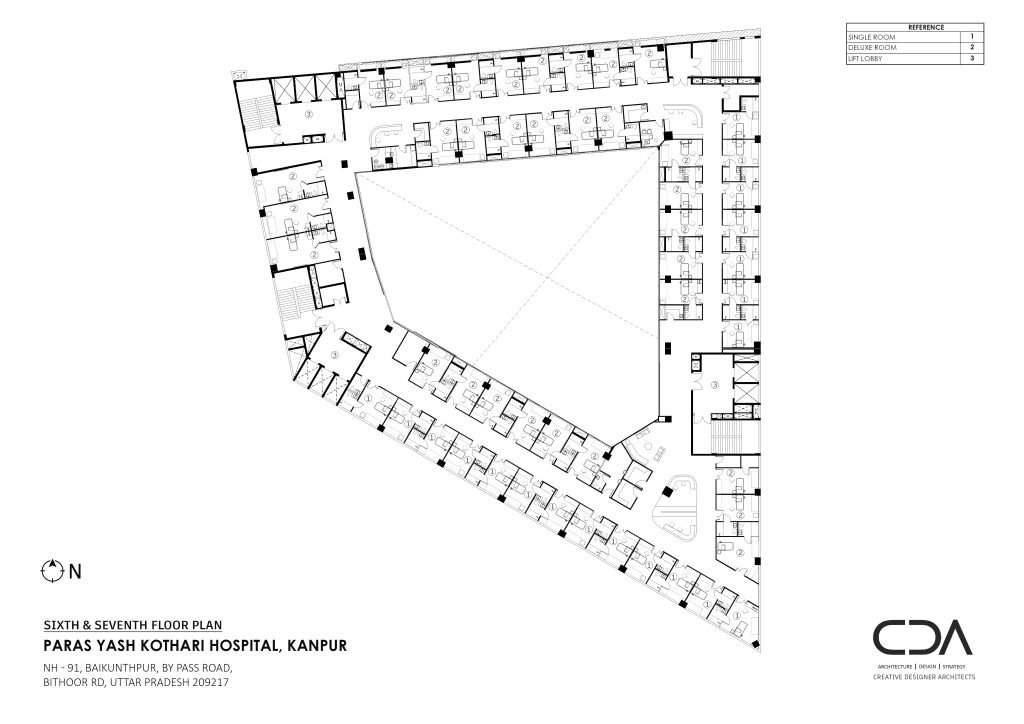
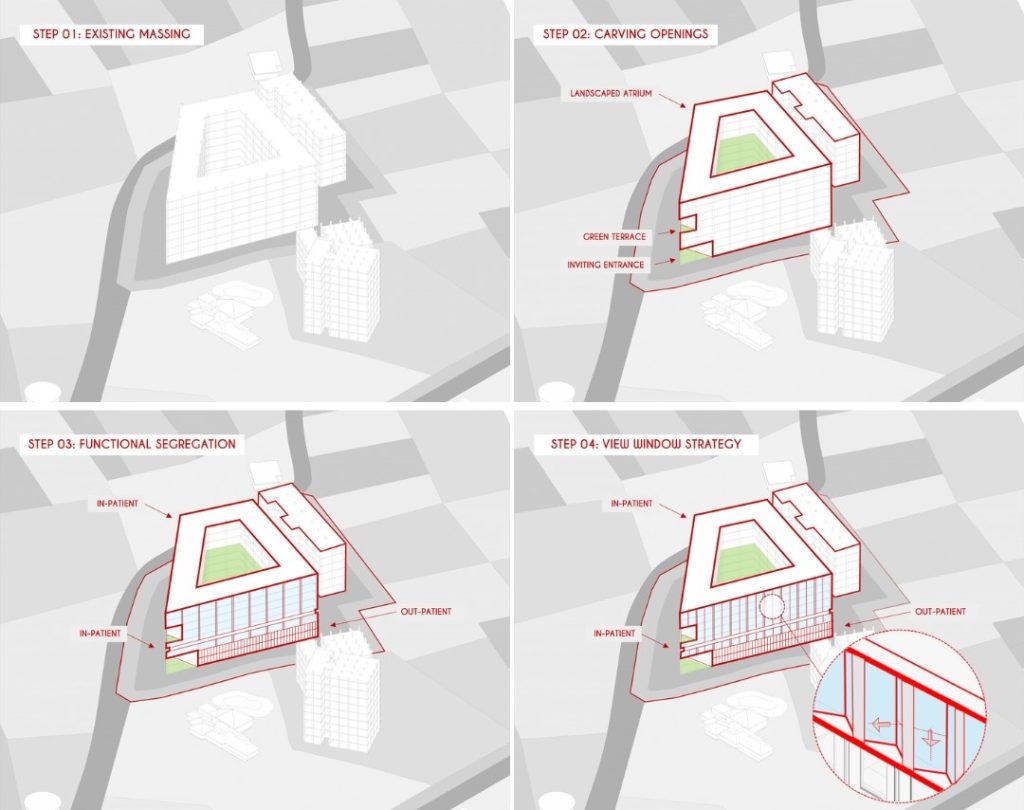
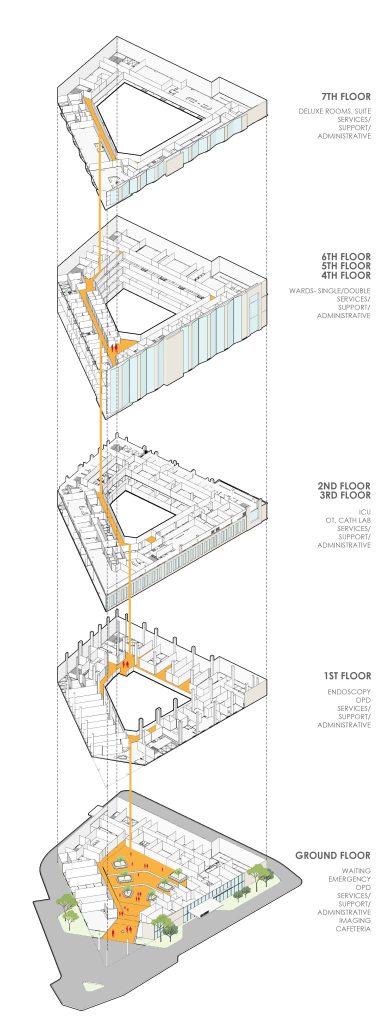
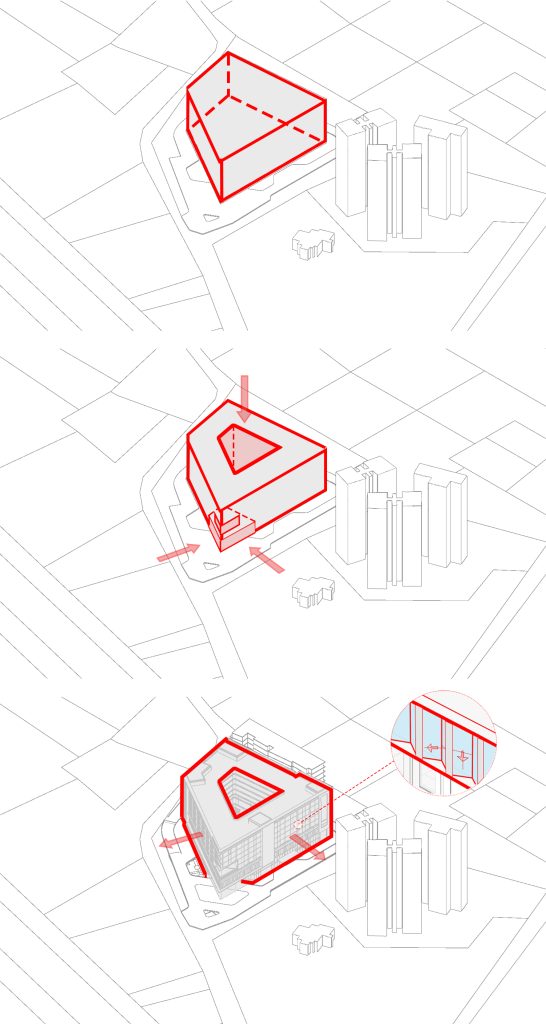
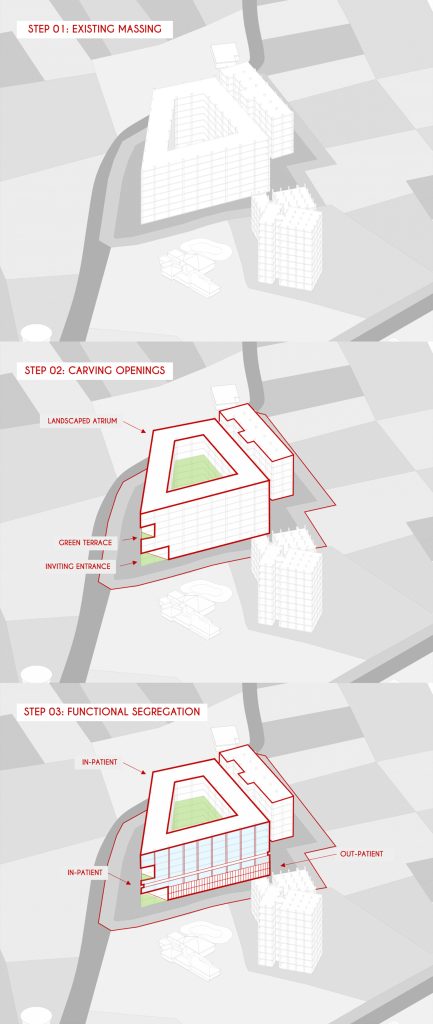
Fact File
Designed by: Creative Designer Architects
Project Type: Healthcare Design
Project Name: Yash Kothari Memorial Hospital
Location: Kanpur
Year Built: April 2024
Built-up Area: 430,000 Sq.ft
Name of Client: Paras Healthcare
Name of Client’s Firm: Paras Healthcare Private Limited
Principal Architect: Ravideep Singh
Team Design Credits: Ravideep Singh, Maninder Kaur, Mohanbir Singh & Prannay Dhingra
Photograph Courtesy: Studio Noughts & Crosses

Firm’s Website Link: Creative Designer Architects
Firm’s Instagram Link: Creative Designer Architects
For Similar Projects >> This multi-specialty hospital in Ahmedabad tends its patients in the joy of colors
